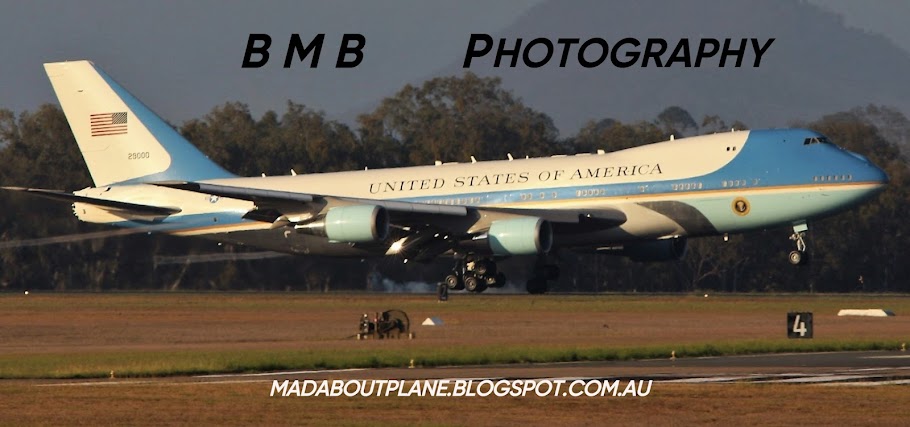Search and rescue teams are at the crash site in Nepal, where a Tara Air flight went down with 22 people onboard. Rescue officers are going through the wreckage, and according to the latest reports, the search team has found several victims who, unfortunately, did not survive the crash.
The Nepal Army has located the site of the plane crash, finding the wreckage of the twin-engine aircraft in Sanosware, Thasang-2 of Mustang district in Nepal. The de Havilland Canada DHC-6 Twin Otter was performing a flight from Pokhara Airport (PKR/VNPK), Nepal to Jomsom Airport (JMO/VNJS), Nepal
for Tara Air when it went missing on the morning of 29th May.
The search and rescue team made their way towards the site from the ground and by air and found the aircraft totally destroyed from impact. Chances of anyone surviving the crash look slim, with the team finding 16 victims at the last count who perished in the incident. There were three crew members and 19 passengers onboard, including 2 German nationals, 4 Indians, and 13 Nepali citizens.
Difficult terrain and weather conditions in the area pose an added layer of challenge in the rescue mission, with helicopters deployed to locate the crashed aircraft last night being recalled due to heavy snowfall.
The primary cause of the accident is believed to be poor weather, with Nepal's Civil Aviation Authority stating that the aircraft had been flying from the city of Pokhara to the popular tourist town Jomsom in central Nepal when it lost contact with air traffic control about 12 minutes into the journey. With the two destinations just 45 miles apart, the flight itself wasn't long, lasting about 20 to 22 minutes.
Reportedly, two other flights of another carrier had taken off before Tara Air and landed safely. According to the Indian Express, one of the passengers of yesterday's crash, Ashok Tripathy, had called his travel agent in Kathmandu just before takeoff, who said,
“Around 9.45 am, two aircraft of Summit Air took off followed by Tara Air at 9.55 am. Before taking off, Ashok Tripathy had called me to say that things were okay. Those two flights of Summit Air landed safely and then we heard the news that Tara Air had lost contact with ATC.”
Locals around the crash site described hearing "an unusual sound as if there was some bang," said a police officer in the area.
Aircraft Information:
Airline: Tara Air
Code: MNA
Country: Nepal
Founded: 2009
Aircraft: DeHavilland Canada DHC 6 Twin Otter
Registration: 9N-AET
Serial Number: 619
Engines: 2 Pratt & Whitney Canada PT6A-27
First Flew: 21/04/1979
THOUGHTS AND PRAYERS GO OUT TO THE FAMILIES AND FRIENDS
Story sourced from here:








































.JPG)

.JPG)
.JPG)

.JPG)


.JPG)

